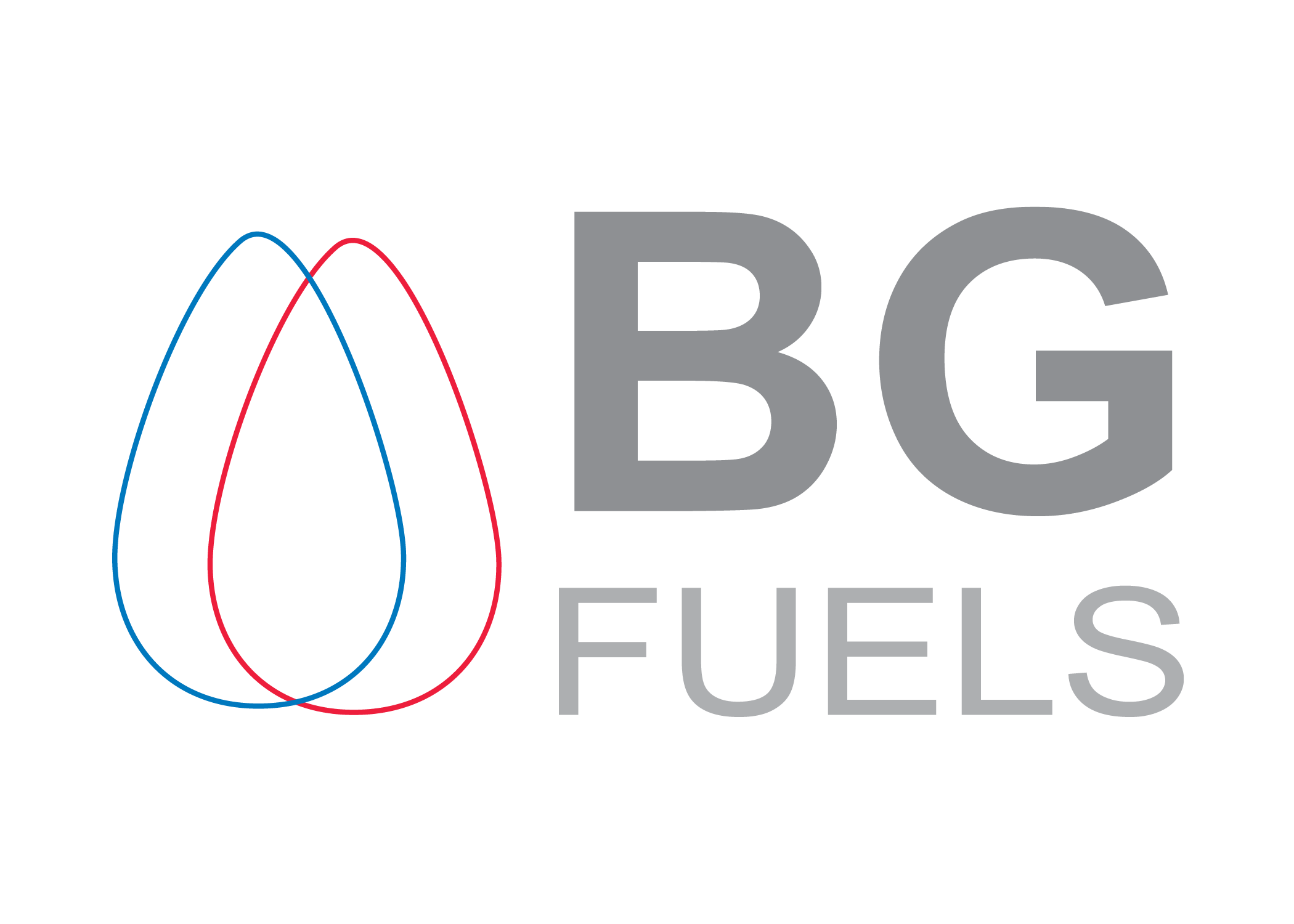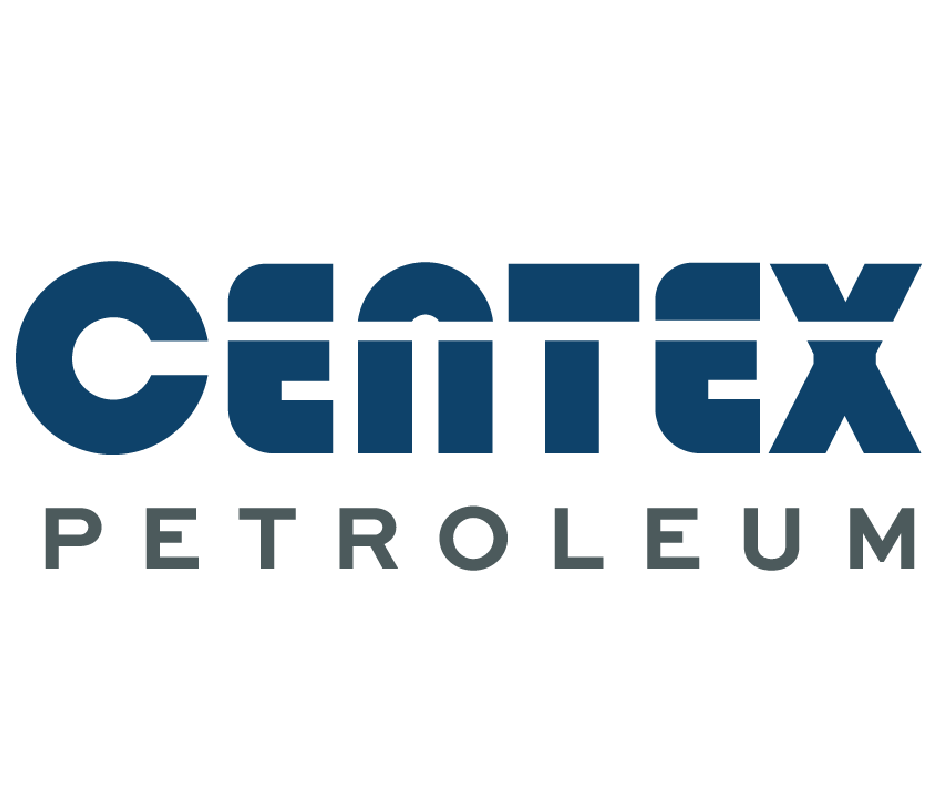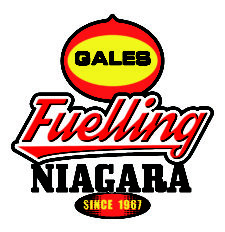Diesel Fuel Quality-A Top Priority by John Eichberger
March 27, 2019
Is diesel fuel a big deal? Absolutely. Despite global news about governments trying to reduce the use of diesel fuel in passenger vehicles in order to reduce particulate emissions, there currently is no significant competitor to diesel fuel for the commercial freight market – especially in Canada.
The trucking industry is critical to the growth of the economy. In fact, the Canadian Trucking Alliance estimates that more than 90% of all consumer products and foodstuffs are shipped by truck. The Alliance also estimates that the trucking industry as a whole helps to contribute more than $65 billion to the national economy, that trucks carry more than 225 billion tonne-kilometers of freight and more than 80% of the total tonnage shipped intra-provincially, and that demand for trucking services is expected to grow significantly in the next few years. This forecast is supported by research done by Navigant Research for the Fuels Institute.
In “Tomorrow’s Vehicles,” the Fuels Institute presented forecast data that indicates that the number of registered heavy-duty trucks that operate on diesel fuel is projected to increase by 90% to more than 675,000 vehicles by 2025, representing more than 83% of all heavy-duty vehicles on the road. Further, demand for diesel fuel in the heavy-duty sector is projected to grow 60% to 21.7 billion liters by 2025.
But there is a concern in the market. Matching fuel with engine needs is critically important to enhance efficiency and reduce emissions, not just in passenger cars but also in these big rigs. As heavy-duty engine manufacturers have increased the efficiency of their units, the demands for cleaner diesel fuel has become more intense and resulted in many manufacturers advocating changes to the ASTM specification for diesel fuel. This situation has put different sectors of the diesel market – fuel and vehicles – at odds over what should be done.
In light of the importance of this issue, an atypical approach is needed to find a solution that will take into consideration all concerns. In 2017, the Fuels Institute launched the Fuel Quality Council comprised of engine manufacturers, fleet operators, refiners, biodiesel producers, distributors and retailers. The Council is taking a comprehensive look at the situation and will evaluate potential solutions to better understand the costs, returns and potential consequences. Below is an overview of the issue in the market and the collaborative approach being taken by the industry.
The Engines
The heavy-duty vehicle market is facing its own challenges to satisfy regulations demanding improved efficiency. In the U.S., by 2027 these vehicles must improve their efficiency by an average of 27% vs 2017, with some vehicle types having to improve by more than 35% – this is a steep hill for these big rigs to climb.
As a result, engine manufacturers are delivering better engines, leveraging a variety of strategies to boost efficiency. One of the most significant changes has been the deployment of the high-pressure common rail (HPCR) injection systems referenced in the opening paragraph. These units have contributed to much more efficient engine operations but have also introduced new sensitivities.
Today’s HPCRs can inject fuel into the piston chamber at pressures of about 40,000 psi, compared with units that injected fuel at 5,000 psi just a few years ago. And there are indications that future designs may boost pressure to 60,000 psi. In addition, clearances and tolerances within these systems can be as small as 1 micron, which raises the importance of fuel cleanliness.
There are multiple things that can happen if fuels used in these systems contain particles. For one thing, a fuel particle can contribute to injector clogging and failure, which has been reported quite often. In addition, any particle that does pass through the system is injected into the piston chamber at 40,000 psi and can lead to pitting, scoring and erosion of the engine’s metal parts.
The Fuel
On the fuel side of the equation, there was a major change to U.S. diesel fuel composition in 2006 with a 97% reduction in sulfur content, resulting in ultra-low sulfur diesel (ULSD) with not more than 15 ppm sulfur. This was mandated by the U.S. Environmental Protection Agency to enable vehicle emissions control technology. Today, all on-road diesel fuel meets this sulfur cap.
However, in 2007 tank owners (both in the U.S. and Canada) began reporting incidents of “rapid and severe corrosion of metal components in underground storage tanks (USTs) storing diesel fuel,” as characterized in EPA’s 2016 report, “Investigation of Corrosion-Influencing Factors in Underground Storage Tanks with Diesel Service.” This study found that 83% of the tanks they sampled were affected by moderate or severe corrosion, that corrosion is geographically widespread and that many tank owners may not be aware of corrosion in their systems.
Separately, some engine manufacturers claim that the diesel specification set by ASTM is inadequate to facilitate efficient operation of these modern engines. They point to tolerance within the standard for particulate and water content which is incompatible with engine designs and have expressed a desire to add additional standards that are not currently addressed in the specification.
Others note that the distribution system can introduce problems ranging from the fuel picking up contaminants throughout the system, absorbing water and lubricity agents at different stages, the introduction of various additives designed to address different issues, the interaction of the fuel with added biodiesel, practices of using tanker trucks for different fuel products and the aforementioned corrosion issue.
But where within the supply chain diesel fuel is becoming problematic, when and how to implement changes that will result in better and more consistent fuel quality remains unclear. There is no silver bullet. Even if ASTM were to change their specifications to match the needs of modern engines, without improvements to the distribution system fuel quality would still be suspect. Further, if current ASTM specifications are inadequate, no amount of improved product handling or filtration will make up for deficiency in the fuel.
Collaboration Can Relieve the Pressure
By bringing the various sectors of the heavy-duty vehicle and fuels market together, the Fuel Quality Council can help facilitate improvements to the system. The Council is working to define the scope of the problem by surveying engine manufacturers, fleet operators and fuel providers; reviewing fuel quality sample data to better understand the current quality of diesel fuel at the nozzle; evaluating and encouraging application of best practices throughout the product distribution system; interviewing stakeholders to understand perspectives relative to potential changes in fuel specifications; and assessing the costs and benefits of potential changes to the market.
In the meantime, it is important for all members of the fuel supply and distribution system to employ best practices to maintain diesel fuel product quality, monitor tanks for water and corrosion and be diligent about their operations. Fuel quality is in everyone’s best interest – here’s to working together to figure out the best path forward.





















